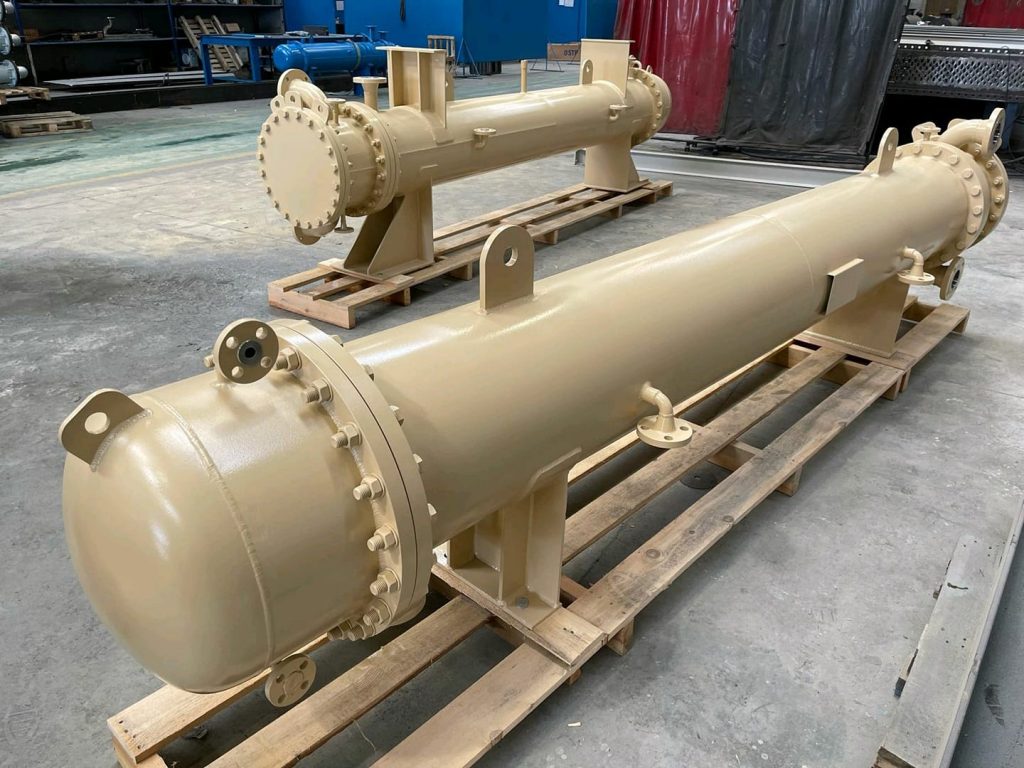Heat exchangers are typically classified according to flow arrangement and type of construction. In the first classification, flow can be counter current or co current (also called parallel). Heat exchangers can also be classified based on their configuration as tubular, plate and shell & tube heat exchangers. The tubular heat exchanger, sometimes called a double-pipe heat exchanger, is the simplest form of heat exchanger and consists of two concentric (coaxial) tubes carrying the hot and cold fluids. Heat is transferred to/from one fluid in the inner tube from/to the other fluid in the outer annulus across the metal tube wall that separates the two fluids
A tubular heat exchanger, consisting of a pipe and a jacket around it, is the simplest heat exchanger mainly used for small flow rates of fluid. The fluid which is desired to be heated or cooled flows inside the pipe, while the other fluid flows in the jacket. Heat is exchanged from hot fluid to cold fluid through the walls
Approximately 70-80% of the heat exchanger market is held by the shell-and-tube type heat exchanger. It is largely favored due to its long performance history, relative simplicity, and its wide temperature and pressure design ranges. In essence, a shell-and-tube exchanger is a pressure vessel with many tubes inside. One process fluid flow through the tubes of the exchanger while the other flows outside of the tubes within the shell. The tube side and shell side fluids are separated by a tube sheet. Specific heat exchangers differ in the number of shell passes and the number of tube passes. The simplest form, which involves single tube and shell passes, Baffles are usually installed to increase the convective heat transfer coefficient of the shell-side fluid by inducing turbulence and a cross-flow velocity component. As such, shell-and-tube heat exchangers have neither pure counter-flow nor pure cross-flow, and the thermal analysis can be quite complex
